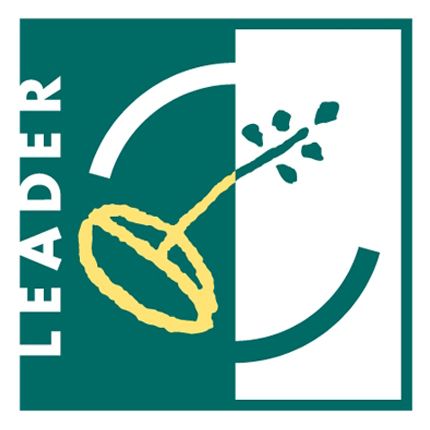The Obelisk
Before the cottage was taken to Australia, the Government of Victoria wished to place a memorial on this site. The initial idea was for a block of stone from the promontory of Point Hicks, believed to be where Lieutenant Zachary Hicks of the Endeavour first sighted the new continent.
It was then decided to erect a replica of the granite obelisk which stood on the promontory. Point Hicks was later named Cape Everard but reverted to its original name in 1970.

The 39 stones for the obelisk were shipped to London, and then on to Hull, in some of the packing cases used to take the cottage to Australia. The final stage of the journey was by train to Ayton. Given how Great Ayton had ignored the sale of the cottage, and neglected to maintain the Captain Cook Monument on Easby Moor, the Australians were concerned that their obelisk might also be neglected. Therefore, they arranged for Middlesbrough Corporation to acquire the site, which was donated by the Dixon family, and to maintain it as a commemorative garden, much to the annoyance of Great Ayton.

At a ceremony on 15 October 1934, organised by Middlesbrough Corporation, Mrs Linton, wife of the Agent-General for Victoria, unveiled this obelisk. Great Ayton Parish Council took exception to the wording on the lower plaque, which referred to ‘Captain Cook’s cottage’ and publicly denied that he had ever lived in the cottage. All but one refused to attend the unveiling ceremony.
Until 2004, Middlesbrough Council regularly sent gardeners to tend the site. Then, after a 30-year campaign, ownership of the obelisk and garden was transferred to Great Ayton. In 2018 the Parish Council was awarded a grant from the European Union LEADER Fund to restore the garden and erect information panels.

Download our infographic for The Obelisk
Download HereGribdale Gate
The surrounding moorland was laid down in the Jurassic Period, making the North York Moors National Park the original Jurassic Park! To the north, Ayton Moor has many prehistoric sites. A Neolithic chambered cairn there continued in use into the Bronze Age, and there is much evidence of Iron Age settlement.
learn moreHigh Green
For many years treeless and used as rough pasture, the High Green is now the centre of the village. The far side of the green is dominated by the former Ayton Friends’ School, opened by the Quakers in 1841 as the North of England Agricultural School. The school began in the property with the imposing porch (previously this had been the house of Philip Hesleton, the merchant who ran the village linen industry in the 18th century).
learn moreLow Green
Great Ayton grew up as a village around Low Green, with its Church, Manor House and Corn Mill, three key buildings of an early settlement. The Domesday survey includes ‘Aytun’ and All Saints’ Church. Northerners had an unfortunate habit of rebelling against the monarchs in the south. Two Ayton men paid for their involvement in the 1489 rebellion by being hung in chains from the walls of York. Following the Rising of the North in 1569, many Aytonians were fined and some probably executed.
learn moreCook's Cottage
Captain Cook’s father retired from Aireyholme Farm in 1755 and bought this site for ‘twenty-six lawfull shillings’. He built two cottages, living in one with his wife Grace while renting out the other. After Grace’s death, James Cook senior left the village in 1772 to live closer to his daughter Margaret in Redcar.
learn moreThe Mill Race
A corn mill was an important part of the medieval village. Ayton Mill stood on what is now Mill Terrace, and dated back at least to the 13th century. The mill race carried water to power the mill, from upstream of the dam in the River Leven. At this point, the race crossed Goat Lane (now Easby Lane) by a ford, but in 1932 the water was taken under the road surface.
learn moreWaterfall Park
The River Leven winds its way through Great Ayton. In the past there were three water-powered mills in the village, the earliest being Ayton Mill.
learn morecontact information
Supported by…
Great Ayton Parish Council would like to thank gratefully the European Agricultural Fund for Rural Development and the LEADER Fund for their incredibly kind support throughout our Cook Family Memorial Garden refurbishment project.


